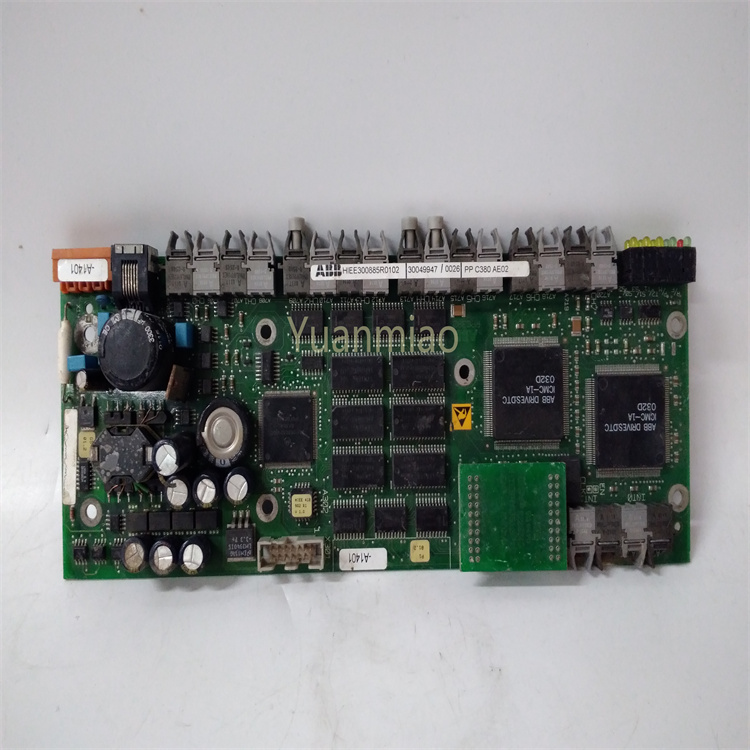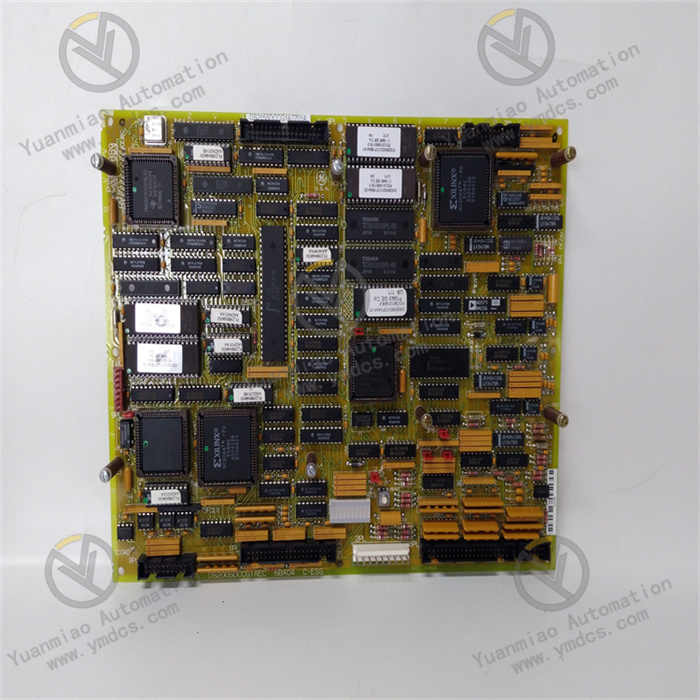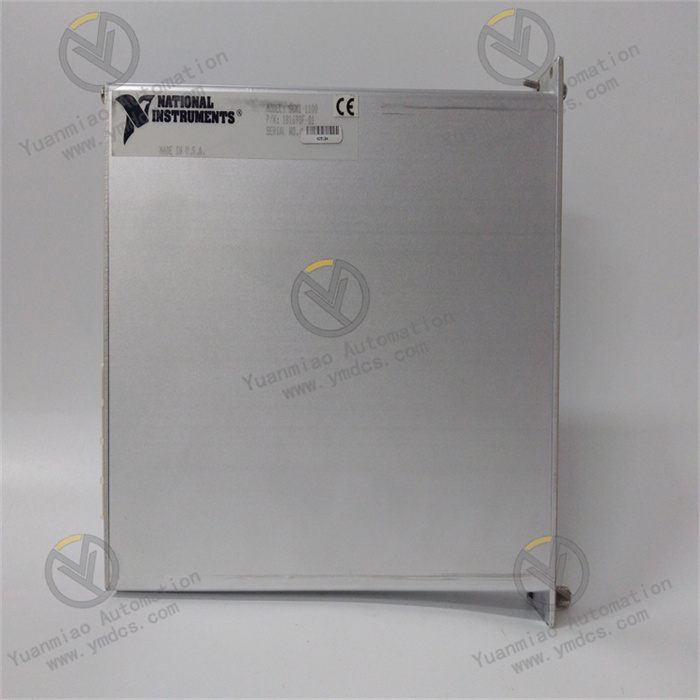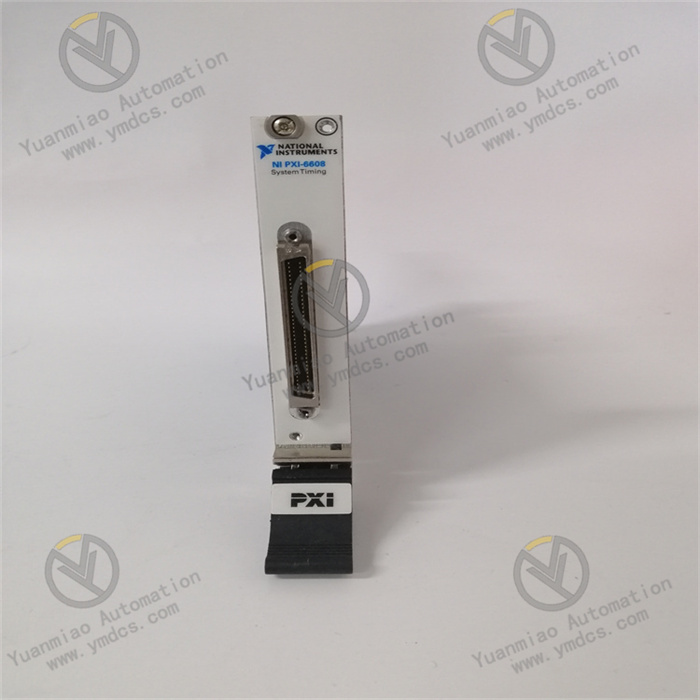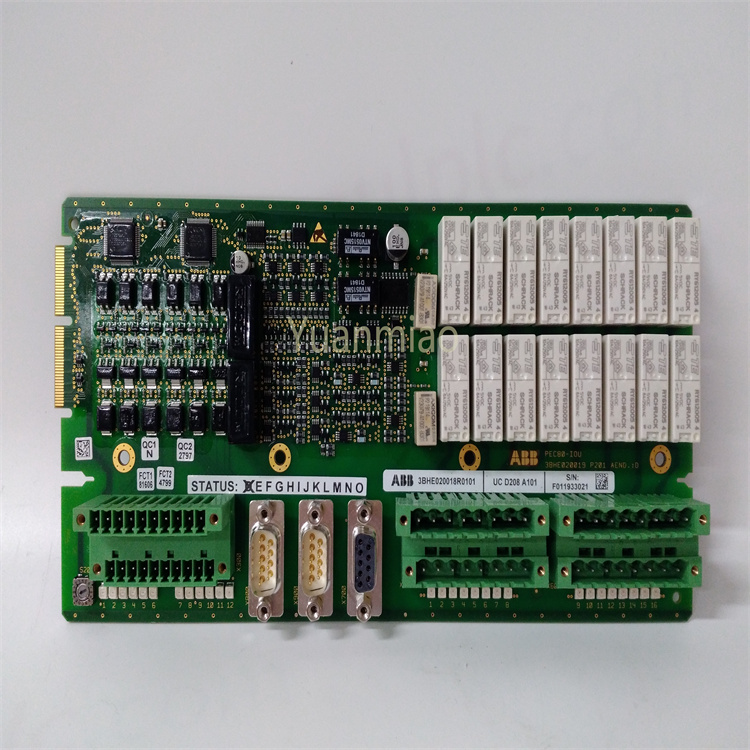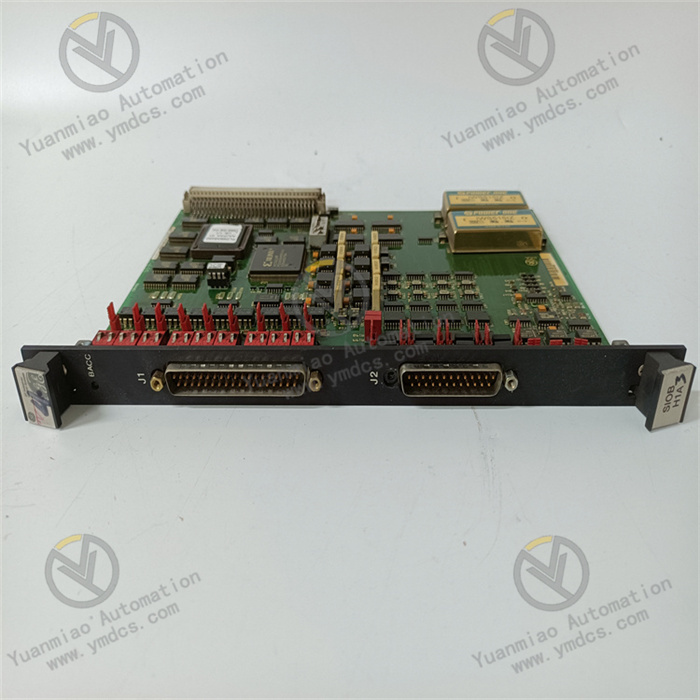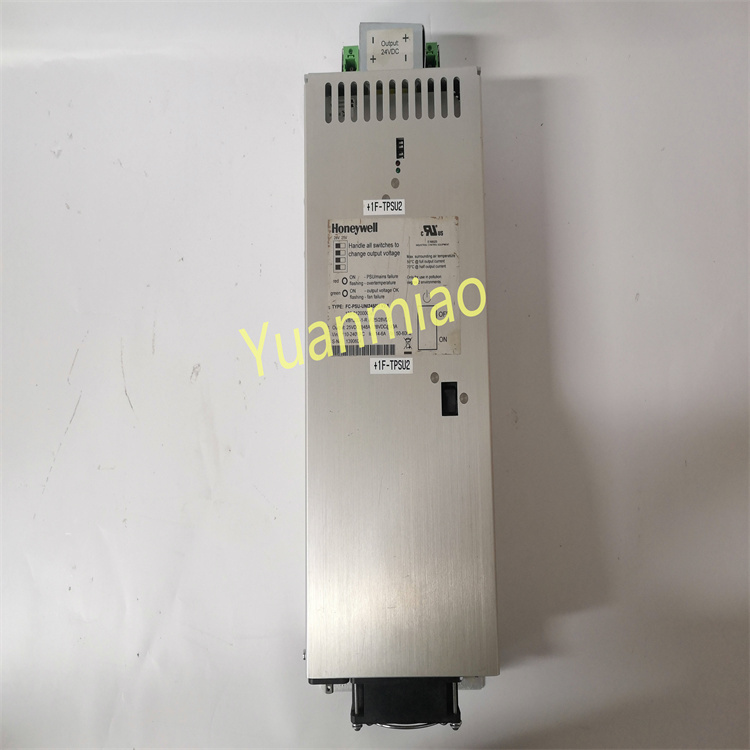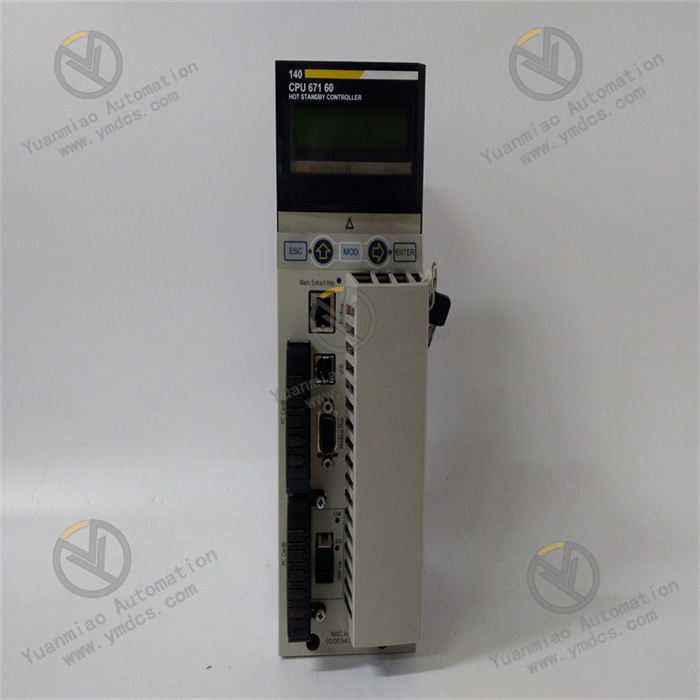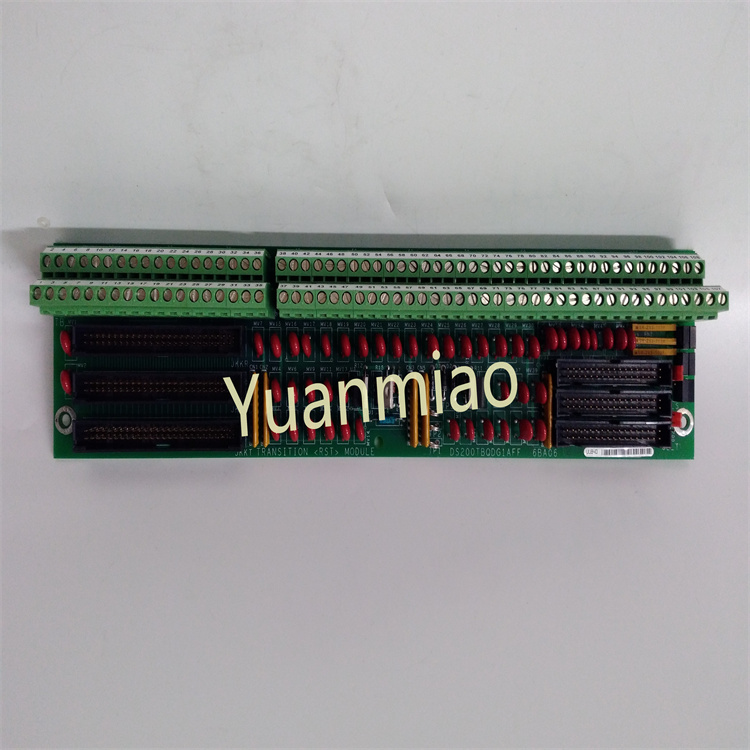Description
ABB PPD113B03-19-150000 3BHE023584R1923
I. Functional Features
- High-Reliability Industrial Design
- Wide Temperature Range: Likely adapted to harsh industrial environments from -10°C to +50°C (requires heat dissipation design).
- Protection Level: The enclosure may have IP20 or higher protection (against solid foreign objects), with some models supporting dust and water resistance (e.g., IP54).
- Anti-Interference Capability: Complies with EMC standards such as IEC 61000, suitable for strong electromagnetic environments (e.g., factory workshops).
- High-Efficiency Power Electronics Performance
- Power Control Capability: If it is a frequency converter module, it may support kW-level power regulation, suitable for three-phase motor drives.
- High-Precision Control: Built-in PID controller, supporting vector control or direct torque control (DTC) to achieve precise adjustment of motor speed and torque.
- Energy Optimization: May have an energy-saving mode to dynamically adjust output power and reduce energy consumption.
- Flexible Communication and Integration
- Multi-Protocol Compatibility: Supports industrial communication protocols such as Modbus RTU/TCP, Profibus DP, and Ethernet/IP, and can interface with PLC and SCADA systems.
- Digital Interfaces: Equipped with Ethernet, RS-485 and other interfaces, supporting remote monitoring and parameter configuration (e.g., via ABB's PCM600 software).
- Intelligent Diagnosis and Maintenance
- Fault Self-Diagnosis: Built-in overload, overheat, and short-circuit protection, real-time monitoring of voltage/current waveforms, and support for fault code display (e.g., OV, OC, OH, etc.).
- Predictive Maintenance: May predict component life (e.g., fans, capacitors) through vibration and temperature sensor data to reduce downtime.
- Modular Design and Expandability
- Expandable I/O: Supports the expansion of digital/analog input and output modules to adapt to complex control logic.
- Redundancy Design: Some high-end models support power redundancy or communication redundancy to enhance system reliability.
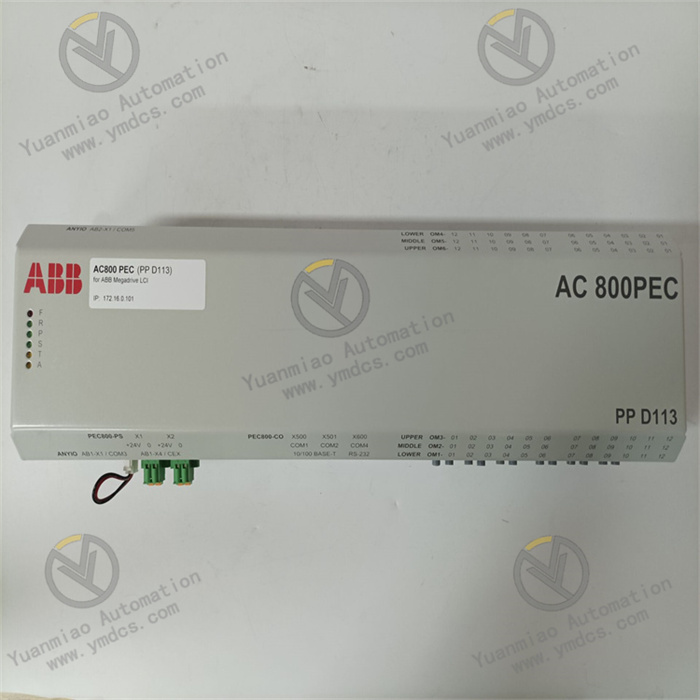
II. Technical Parameters
| Parameter Category | Possible Parameter Values |
|---|---|
| Model | PPD113B03-19-150000 3BHE023584R1923 |
| Product Type | Frequency converter module, controller module, or power electronics unit (subject to official confirmation) |
| Rated Voltage | AC 200-240V (single-phase) or AC 380-480V (three-phase), voltage fluctuation range ±10% |
| Rated Power | Possibly 15kW (the "150000" in the model may represent this parameter, requiring verification) |
| Output Frequency Range | 0-50/60Hz (standard) or 0-400Hz (high-performance mode) |
| Control Mode | V/F control, vector control, DTC (direct torque control) |
| Protection Level | IP20 (default), optional IP54 protective enclosure |
| Communication Interfaces | 2×RS-485, 1×Ethernet (10/100Base-T) |
| Environmental Conditions | Humidity: 5%-95% (non-condensing); Altitude: ≤2000 meters (derating required for higher altitudes) |

III. Working Principle
Power Conversion
- The input side converts three-phase alternating current (AC) to direct current (DC) through a rectifier bridge, which is stored in an electrolytic capacitor.
- The output side uses an inverter (power devices such as IGBTs) to invert DC into adjustable-frequency AC to drive the motor.
Control Logic
- The built-in microprocessor (such as ARM or DSP) executes control algorithms to adjust the output voltage and frequency according to the set frequency (e.g., panel setting, communication setting) to achieve motor speed regulation.
- Real-time acquisition of feedback signals such as motor current, voltage, and temperature, maintaining operation accuracy through closed-loop control (e.g., PID).
Communication and Interaction
- Receives commands from the host computer via the industrial bus (e.g., start/stop signals and speed setting values from the PLC), while uploading operating status (e.g., frequency, current, fault codes).
- Supports local operation panels (e.g., buttons, LED displays) for parameter setting and status monitoring.


